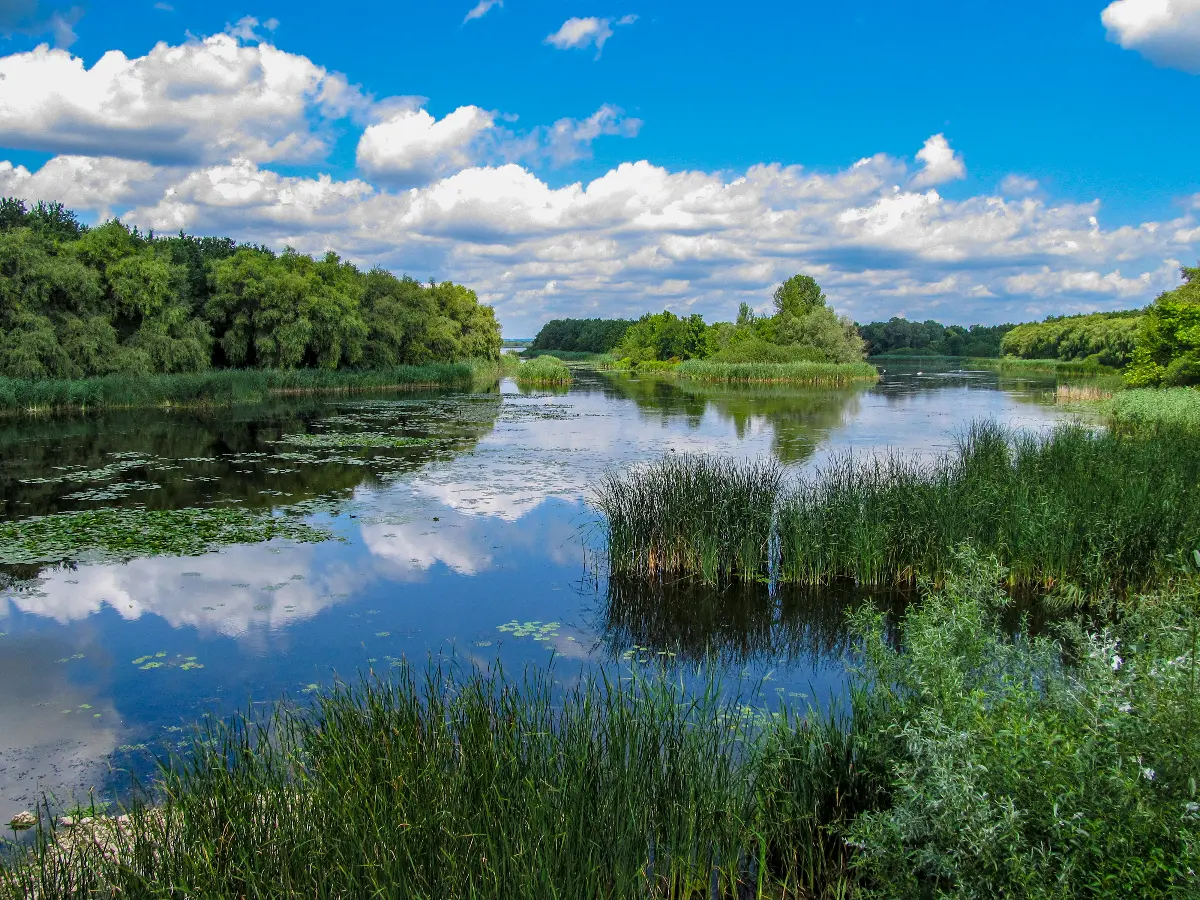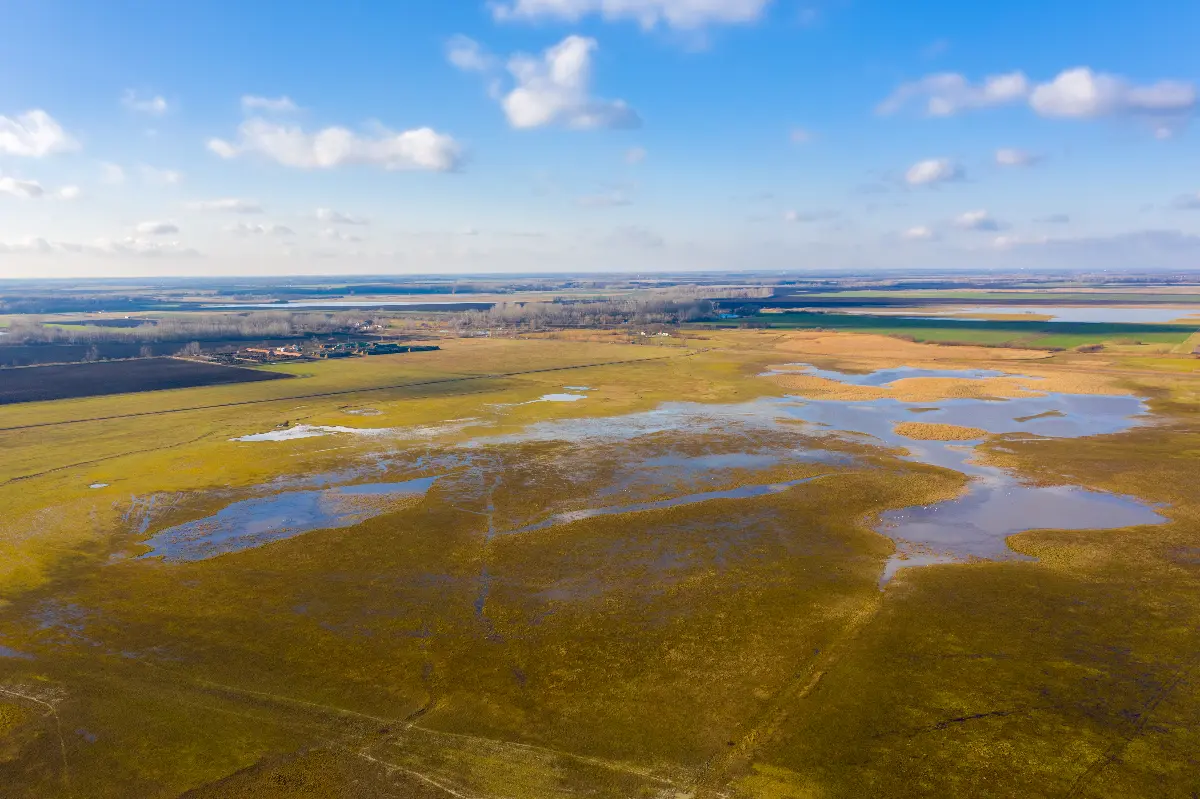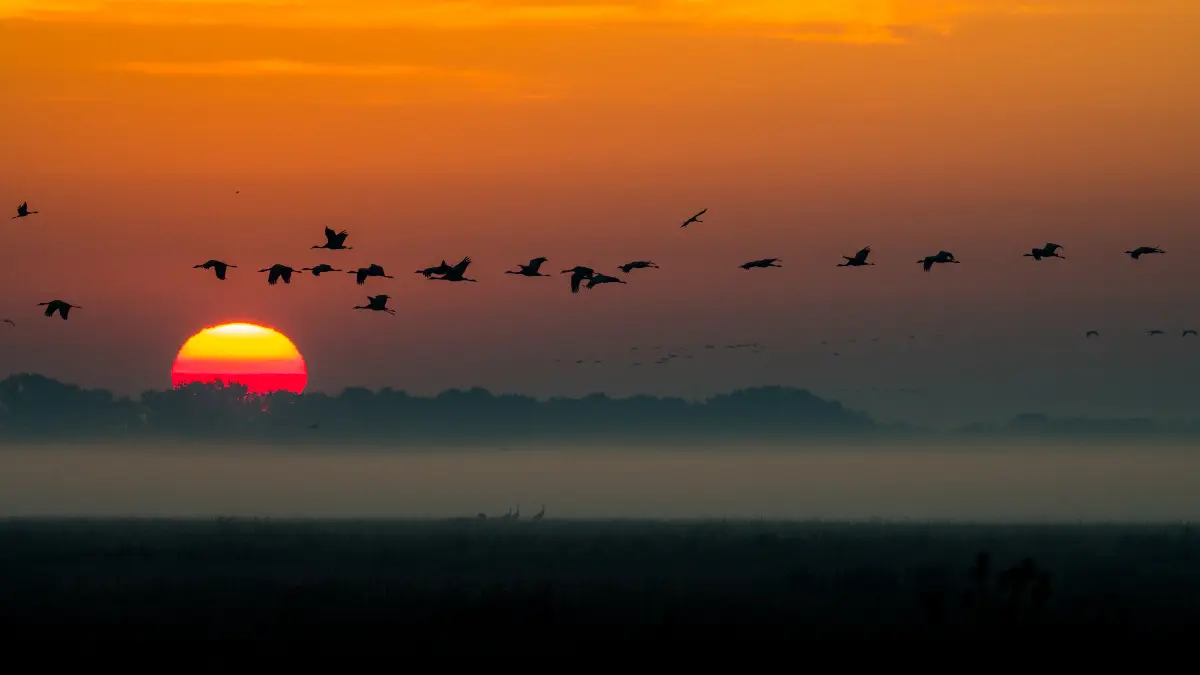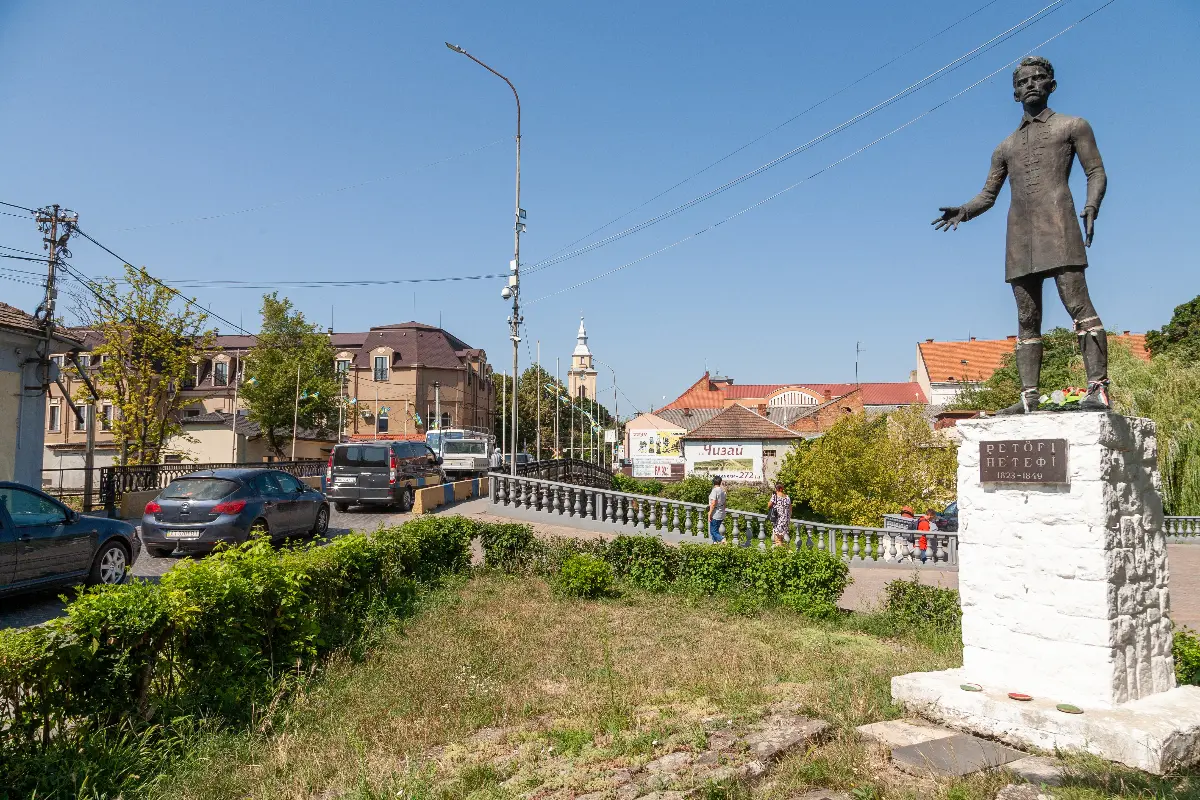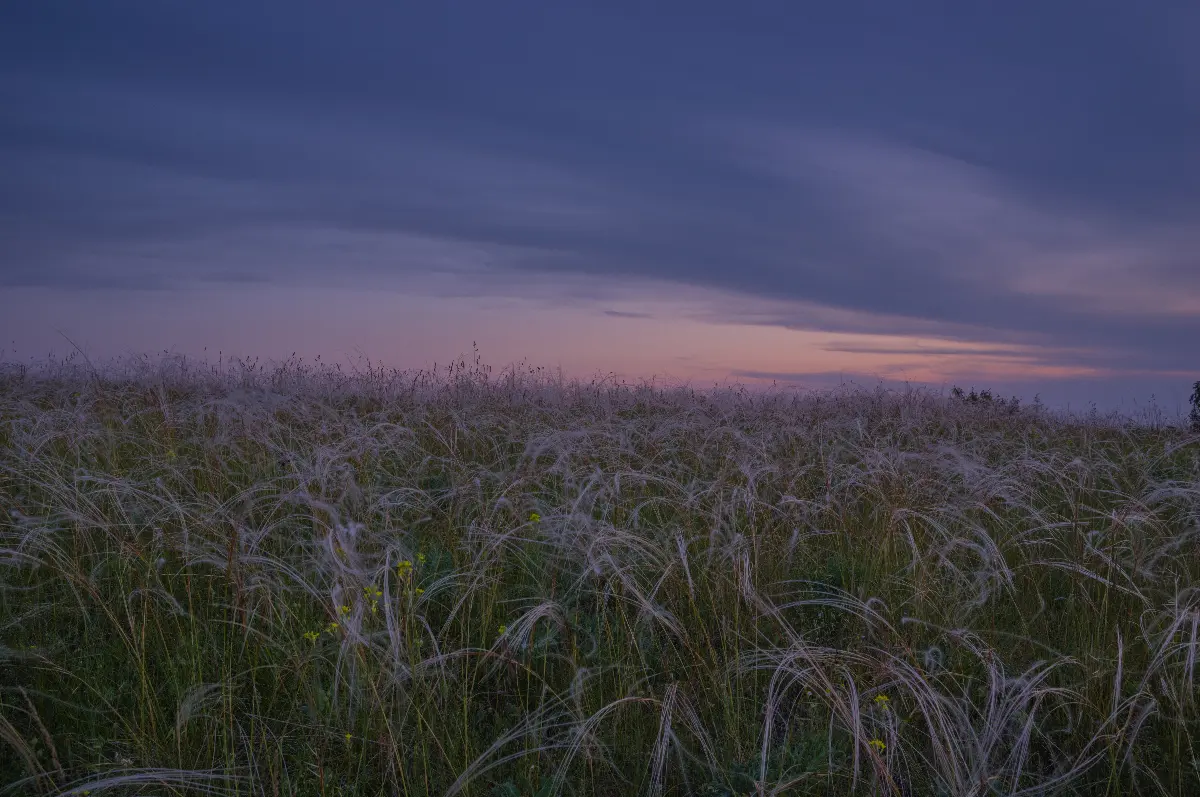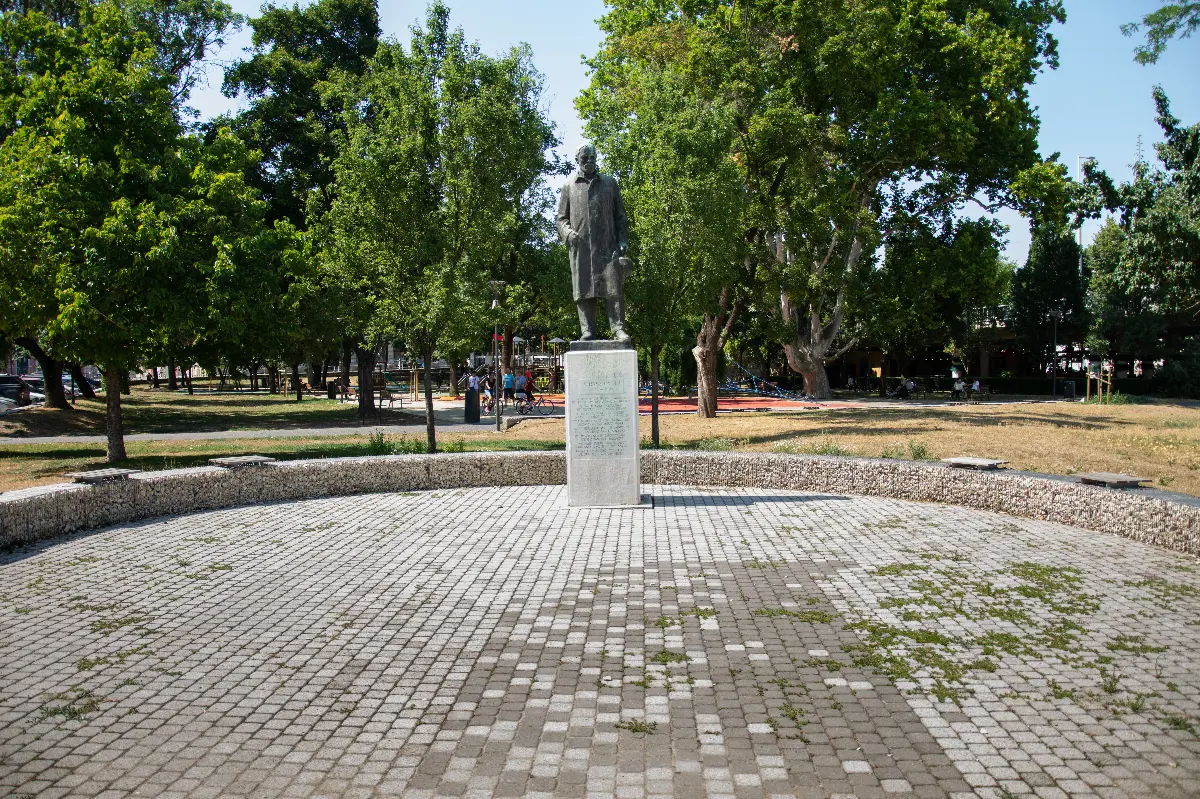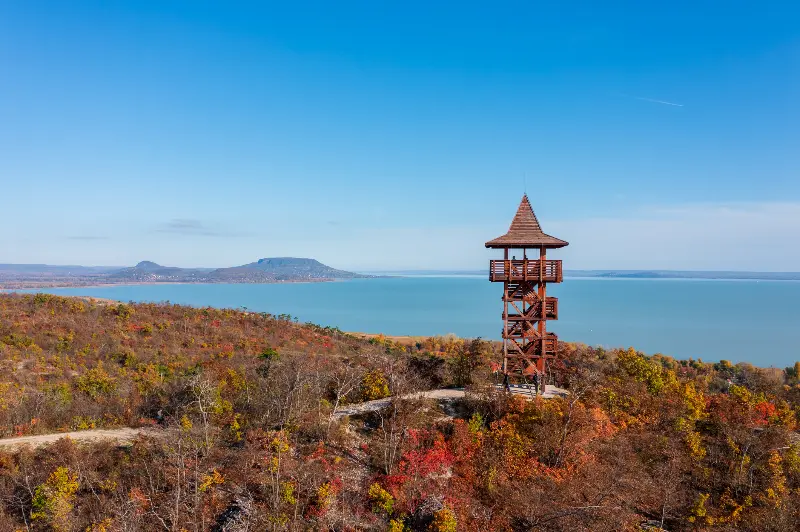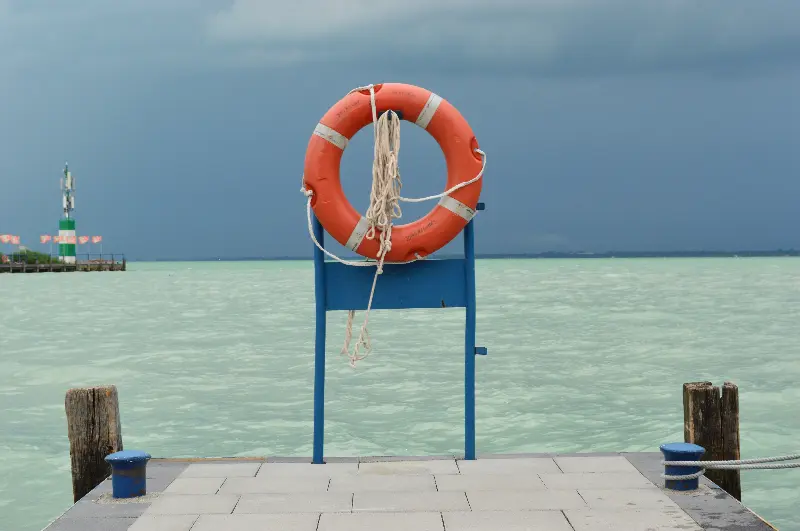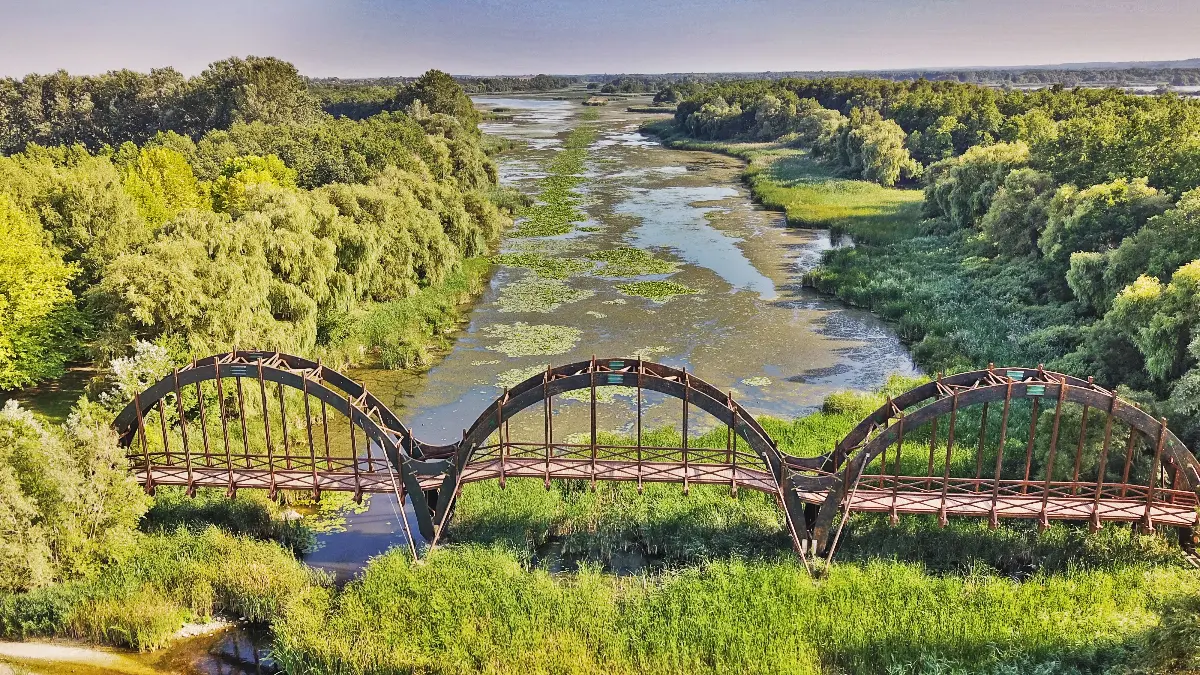
Helyszín címkék:
Many miraculous landscape through famous Hungarian writers and poets’ eyes
Kovács Kata
White water lilies, lavish birdlife, talking ruins of bygone eras. The beauty and diversity of Hungarian landscapes has captivated many people, including the greatest figures of Hungarian literature. The novel ‘Tüskevár’ (Thorn Castle) has been handed down from generation to generation, no wonder, a hidden and wonderful aspect of Kis-Balaton unfolds before us through the lines of István Fekete. Sándor Petőfi’s poetry was forever determined by his love for the ‘puszta’ (Hungarian steppe). The sight of the waters is also miraculous, it fertilizes the imagination, the best proof of this is Gyula Juhász’ poetry, who treated the Tisza River with almost religious reverence. Let's retrace our literary greats’ footsteps and discover the most beautiful landscapes of Hungary through their eyes!
The bank of Tisza River in Szeged, which inspires the imagination
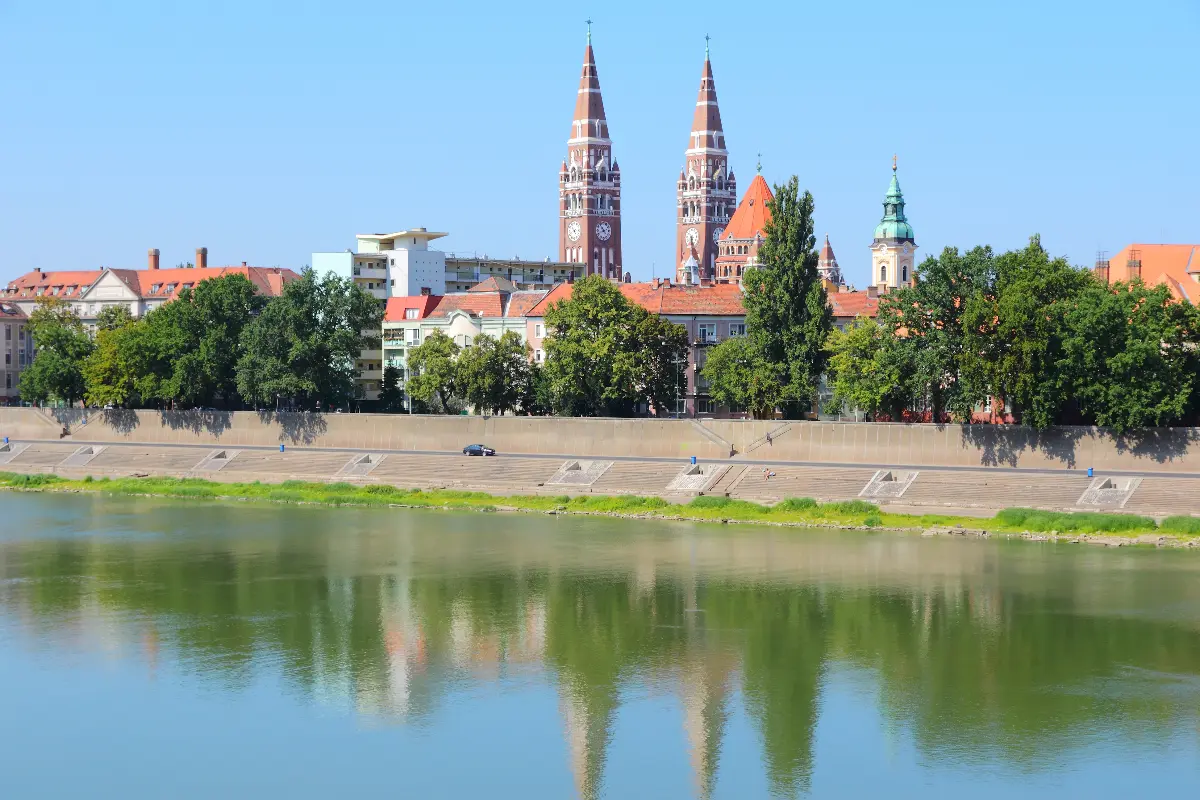
Gyula Juhász was born in Szeged. Throughout his entire life, he had a close relationship with his hometown and the river that bisects it. In his poem The Silence of the Tisza, he describes with beautiful images what you can experience by relaxing on a bench and immersing yourself in the soothing sight of the bank of the Tisza. There are many opportunities for this along the river, be it the green park of Stefania or the bench built at the clinics, which commemorates two world travellers from Szeged. The sight of the slowly flowing Tisza alone is enough to relax, but the promenade on the bank still has many other attractions. Walking on the Mátyás Huszár embankment, you can find sculptures overlooking the river, such as a sculpture depicting a woman in a hat or a unique natural phenomenon, the swarming of mayflies. During the walk along the embankment, Szeged castle and its huge grounds open up to us, which are home to the Ferenc Móra Museum and the International Tisza Fish Festival in summer. In the weeks of September, the waterfront is filled due to performances of the Water Theatre. On the opposite bank, the Rotary educational trail offers nature lovers the opportunity to get to know the wildlife of the Tisza.
Kis-Balaton, where summer is in our heart

The love of nature flows from all the novels of István Fekete. One of the writer’s most popular volumes is Tüskevár, which is the favourite of many generations. Who wouldn’t have wanted to be in Tutajos ’shoes and discover the treasures of the swamp and reeds? However, it’ s not the only reason to visit Kis-Balaton, as this protected area is also rich in natural and cultural attractions. Let’s put on hiking boots, hop on a bike or paddle on the lake, you will definitely enjoy the experience. The lavish sight of water lilies, the singing birds in the swamp and the untouched nature provide a real refuge from the rush of everyday life. The ‘Búbos vöcsök’ (Great crested grebe) educational trail is an attraction on Kányavári Island, which can be visited in all seasons. We can get to the island via the wooden bridge with its unique construction, where the world of István Fekete's novel comes to life around us at once. The sight of the Matula hut and the István Fekete memorial room built on Diás Island bring the adventures of Tüskevár back to life. The national park is also home to a buffalo sanctuary, which plays an important role in the conservation of the native species and provides a stunning sight for visitors.
The unique treasures of Kiskunság
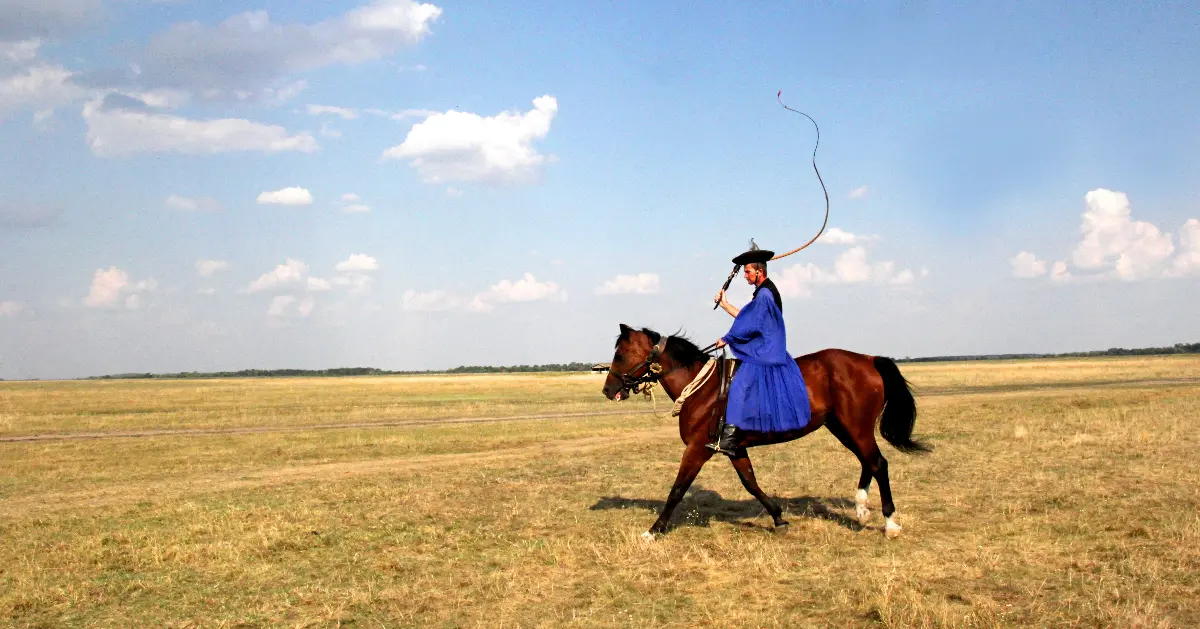
Sándor Petőfi was brought into this world in Kiskőrős, Kiskunság. His love for his homeland defined his poetry and he wrote with such bias about the beauties of the lowlands of the Great Plain that reading him we feel that we should get to know it as well. The great bustards and the collared pratincole nest on the saline steppes, but the Bugac juniper grows here as well. One of the main natural attractions of the Kiskunság National Park are the sand dunes formed by the wind from the alluvium of the Ancient Danube. Despite the desert spectacle, it is also rich in wildlife. Stipa on grasslands, helleborine, and pale pink flowers of sand saffron cover the mounds, in which bee-eaters and hoopoes also nest. The cultural heritage of the landscape is pastoral life, the memories of which are preserved in the Bugac Shepherd Museum. Grazing grey cattle and herds of horses complete the stunning view of the wilderness surrounding the emblematic building. The old shepherds' traditions are revived every year, and the programmes of the shepherds' and riders' days organized in the area make the time spent in Kiskunság even more enjoyable. The tour of the national park forest reveals a completely different face of the region. Walking along the tourist route, we can get acquainted with the history of an earthen castle, the history of a thousand-year-old church ruin and immerse ourselves in the wildness of nature that rises along the Holt-Tisza.

